When it comes to powering your RC (Radio Control) vehicles, the choice of battery plays a crucial role in performance, run time, and overall enjoyment. One of the most common types of batteries used in RC applications today is the 11.1V LiPo (Lithium Polymer) battery. These batteries are favored for their high energy density, lightweight design, and ability to deliver high current loads, making them ideal for everything from RC cars and trucks to drones, boats, and planes.
In this blog post, we’ll dive deep into 11.1V LiPo batteries: what they are, how they work, their advantages and disadvantages, and important considerations when using them in your RC setups.
What Is an 11.1V LiPo Battery?
LiPo batteries are a type of rechargeable battery that uses a polymer electrolyte instead of the traditional liquid electrolyte found in other types of lithium batteries. The "11.1V" in the battery's name refers to the nominal voltage of the pack, which is typically made up of three cells (each cell has a nominal voltage of 3.7V).
- Nominal Voltage: 3.7V per cell x 3 cells = 11.1V nominal voltage.
- Fully Charged Voltage: A fully charged 11.1V LiPo battery will typically measure around 12.6V (4.2V per cell).
- Discharged Voltage: To prevent damage, it should not be discharged below 9.0V (3.0V per cell).
The 11.1V configuration is one of the most commonly used battery setups for many RC applications due to its balance of power output, size, and weight.
Why Choose an 11.1V LiPo Battery?
1. Higher Voltage and Power Output
The 11.1V configuration provides a nice boost in voltage compared to lower-voltage packs (like 7.4V or 2S packs). This means you’ll get more power, faster speeds, and quicker response times, which is crucial for racing and high-performance RC vehicles.
2. Lightweight and Compact Design
LiPo batteries are known for being light and compact, which helps keep the overall weight of your RC vehicle low. This is especially important in applications like drone flying, where weight can significantly affect flight time and maneuverability.
3. Longer Run Times
Because of their high energy density, LiPo batteries can store more energy in a smaller package compared to other battery types (like NiMH or NiCad). With an 11.1V LiPo battery, you get the potential for longer run times, especially when paired with a high-capacity (mAh) rating.
4. Efficient Energy Delivery
LiPo batteries can discharge quickly and efficiently, which is great for high-power demands, such as RC cars with high-speed motors or drones requiring sudden bursts of energy. The ability to deliver a consistent power output also makes LiPos ideal for demanding RC applications.
Key Specifications and Terms to Know
1. Capacity (mAh)
Capacity is a measure of how much energy a battery can store, and it’s typically indicated in milliampere-hours (mAh). The higher the mAh rating, the longer your battery will last on a single charge. For example, a typical 11.1V LiPo might have a capacity anywhere from 1500mAh to 5000mAh or more, depending on your RC needs.
2. C Rating
The "C rating" of a LiPo battery refers to its discharge rate — how quickly it can safely release its stored energy. A 25C battery can discharge at 25 times its capacity. For instance, a 2200mAh 25C battery can discharge at 55A (2200mAh × 25 = 55A). This is particularly important for high-performance applications like racing drones or fast RC cars.
3. Number of Cells
11.1V LiPo batteries are typically made up of 3 cells (often abbreviated as "3S"). More cells (such as 4S or 6S) will result in a higher voltage, providing even more power but requiring compatible electronic components.
4. Voltage (V)
As discussed earlier, the 11.1V voltage is derived from the three cells, but understanding voltage is key when choosing a battery that matches your RC system. Ensure your ESC (electronic speed controller) and motor are rated to handle the voltage your battery provides.
Pros of 11.1V LiPo Batteries for RC
- Powerful Performance: The 11.1V battery offers an excellent balance between power output and size, giving you quick acceleration, top speed, and great handling.
- Lightweight: LiPos are generally much lighter than equivalent NiMH or NiCad batteries, which is beneficial for keeping your RC vehicle agile.
- Compact Size: They come in a variety of form factors, making it easier to find the right size for your RC vehicle or drone.
- Longer Lifespan: With proper care, LiPo batteries can last for hundreds of charge cycles, providing good value over time.
Cons of 11.1V LiPo Batteries for RC
- Requires Careful Charging: LiPo batteries need to be charged with a proper LiPo charger that has balancing capabilities. Overcharging, undercharging, or charging at an inappropriate current can damage the battery or cause safety hazards.
- Sensitive to Over-Discharge: LiPo batteries can be damaged if discharged below their safe voltage limit (typically 3.0V per cell). Many RC systems have low-voltage cutoff mechanisms to prevent this, but it’s still important to monitor your battery levels during use.
- Potential for Puffing: If a LiPo battery is overcharged, over-discharged, or physically damaged, it can swell or "puff." A puffed battery is dangerous and should not be used.
- Expensive: LiPo batteries tend to be pricier than alternatives like NiMH, though the performance benefits often outweigh the additional cost.
Best Practices for Maintaining Your 11.1V LiPo Battery
To get the most out of your 11.1V LiPo battery and ensure it lasts as long as possible, follow these key maintenance tips:
- Use a LiPo-Specific Charger: Always use a charger designed for LiPo batteries to ensure proper charging and balancing of the cells.
- Avoid Overcharging or Over-Discharging: Never exceed the maximum charge (4.2V per cell) or discharge below the recommended voltage (3.0V per cell). Many chargers and ESCs have built-in protection features to help with this.
- Store Safely: When not in use, store your LiPo batteries in a cool, dry place. Ideally, they should be stored at about 3.8V per cell, which is considered "storage voltage" and helps extend battery life.
- Inspect Regularly: Before each use, inspect your battery for any signs of swelling, leaks, or damage. If you notice anything unusual, it's better to replace the battery than risk further damage or safety hazards.
- Avoid Extreme Temperatures: LiPo batteries should not be exposed to excessive heat or cold, as this can reduce their lifespan and performance. Keep your batteries within a safe operating temperature range (usually between 32°F and 140°F or 0°C and 60°C).
Conclusion
11.1V LiPo batteries are a fantastic choice for RC enthusiasts looking to maximize performance, minimize weight, and extend run times. Their combination of high energy density, quick discharge rates, and compact design make them ideal for a wide variety of RC applications. However, they do require careful handling and maintenance to ensure safety and longevity.
By understanding their specifications, following best practices for use and storage, and choosing the right LiPo battery for your RC setup, you can enjoy a powerful and reliable power source for your RC vehicles, planes, boats, and more.


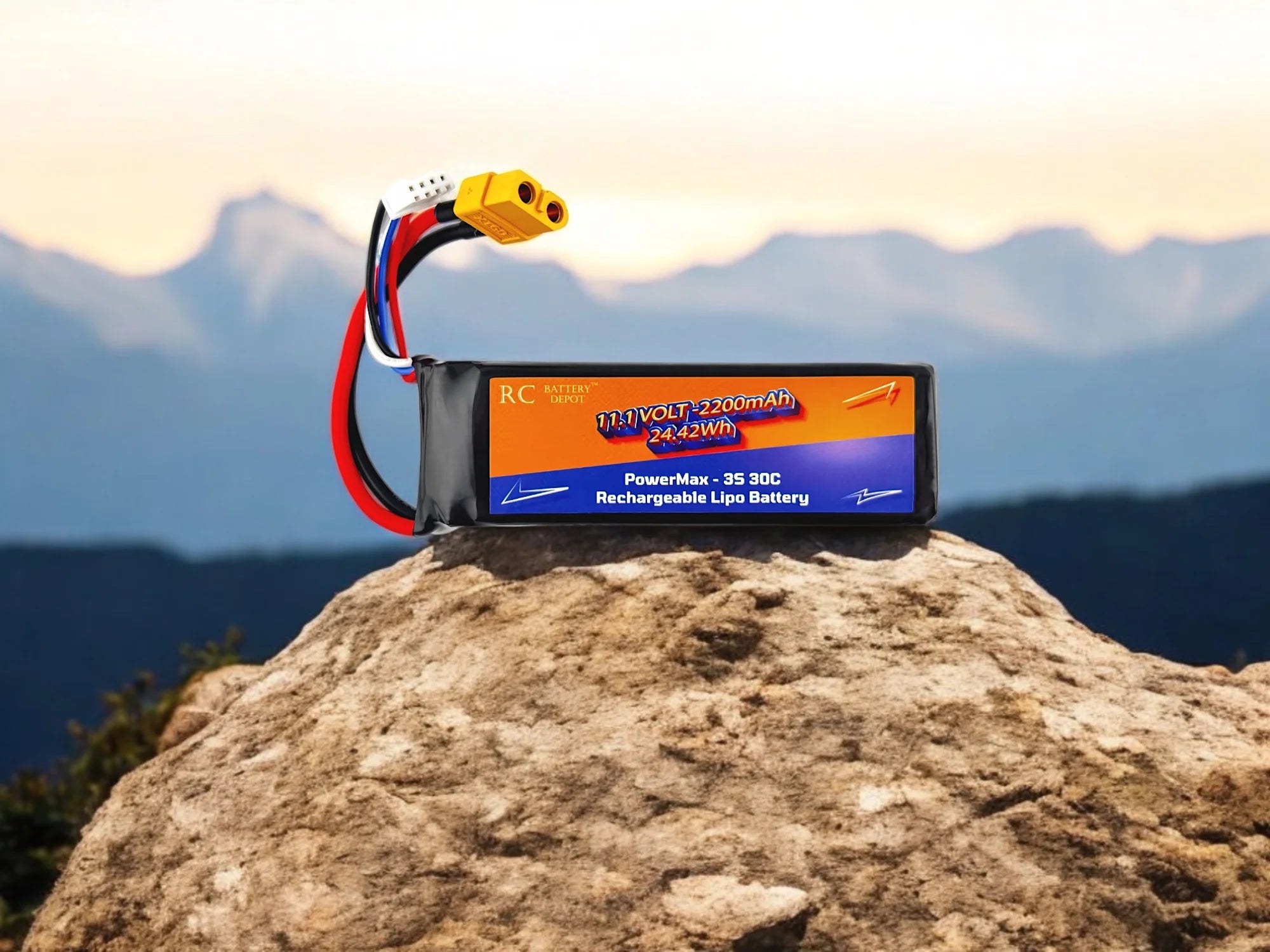

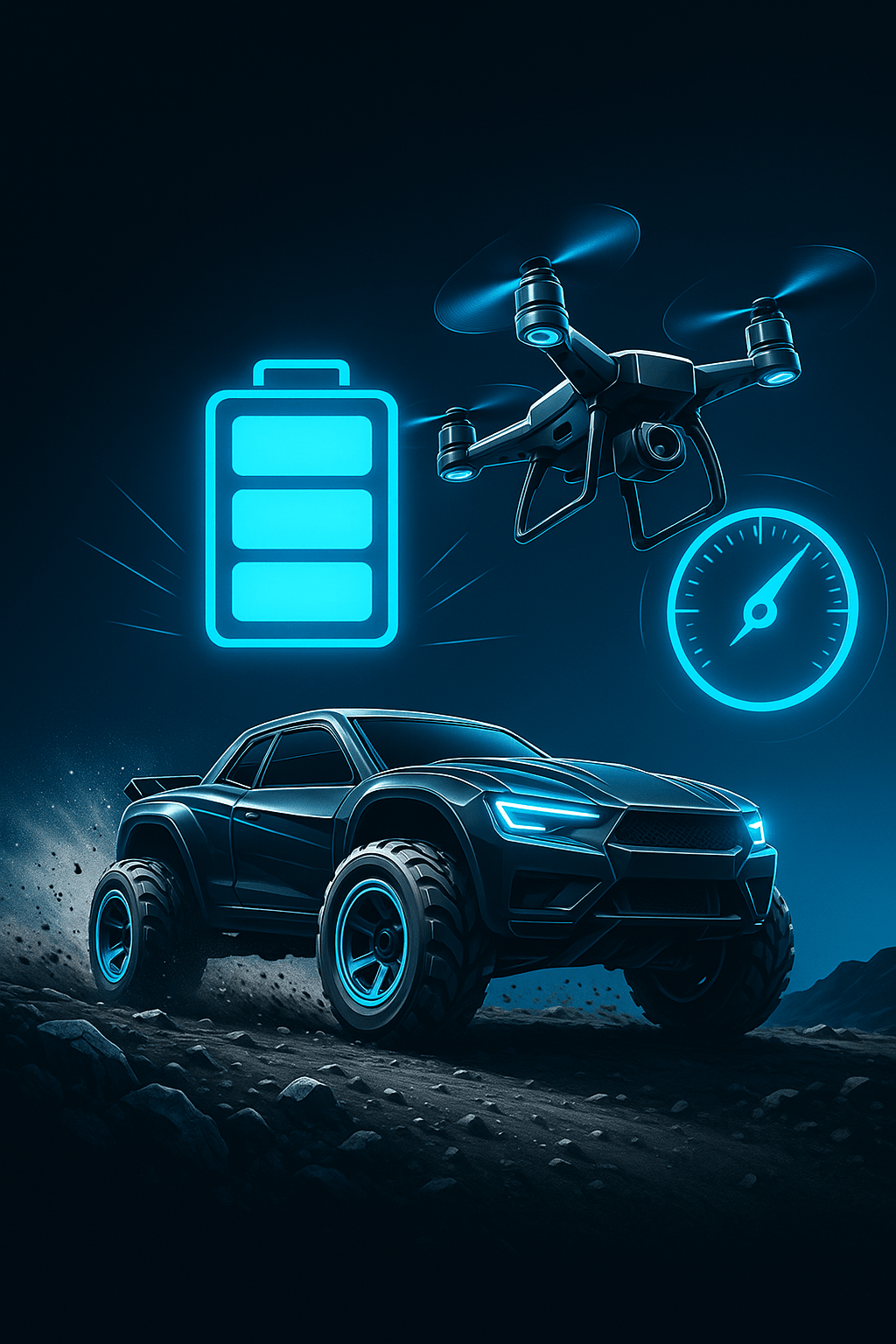
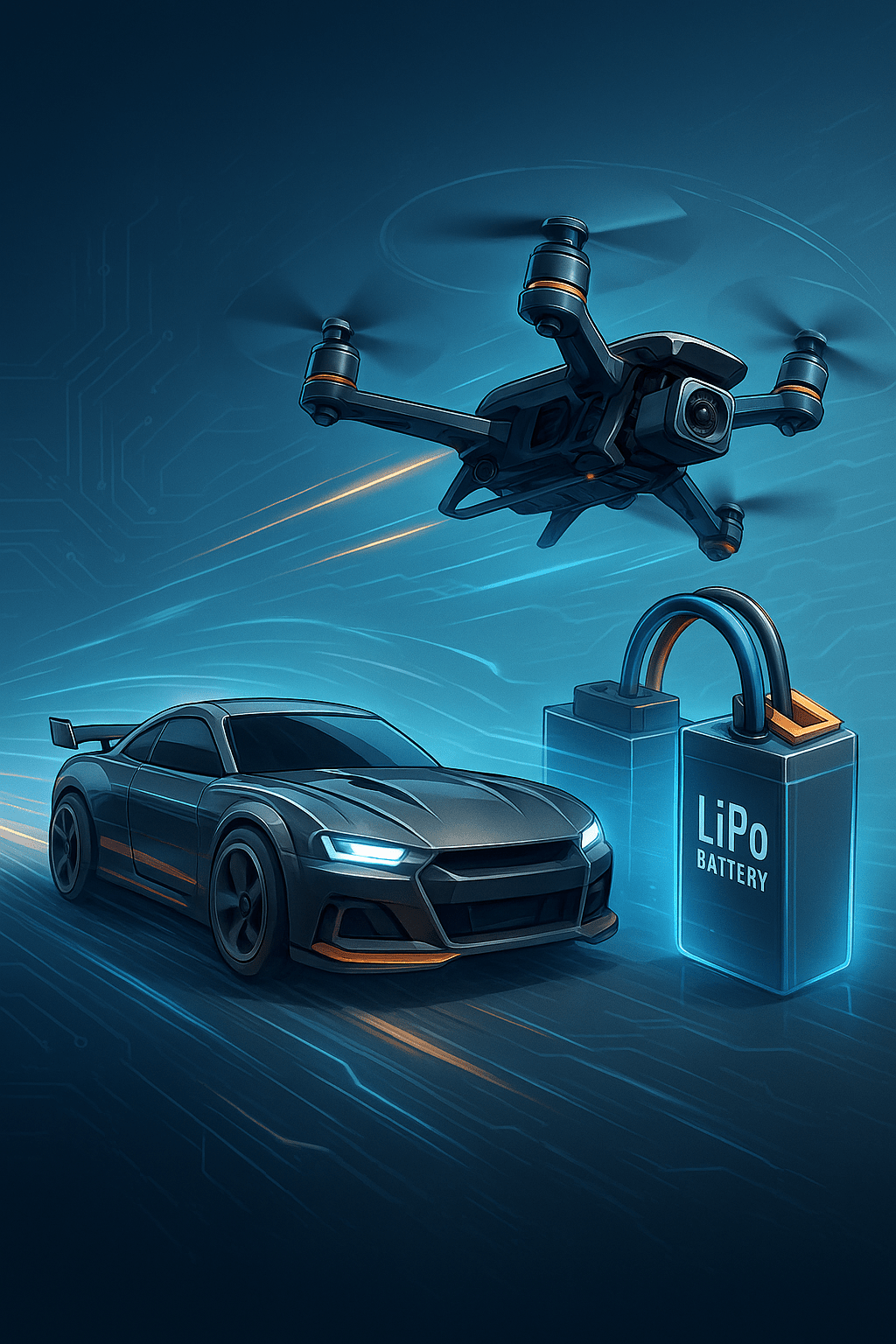
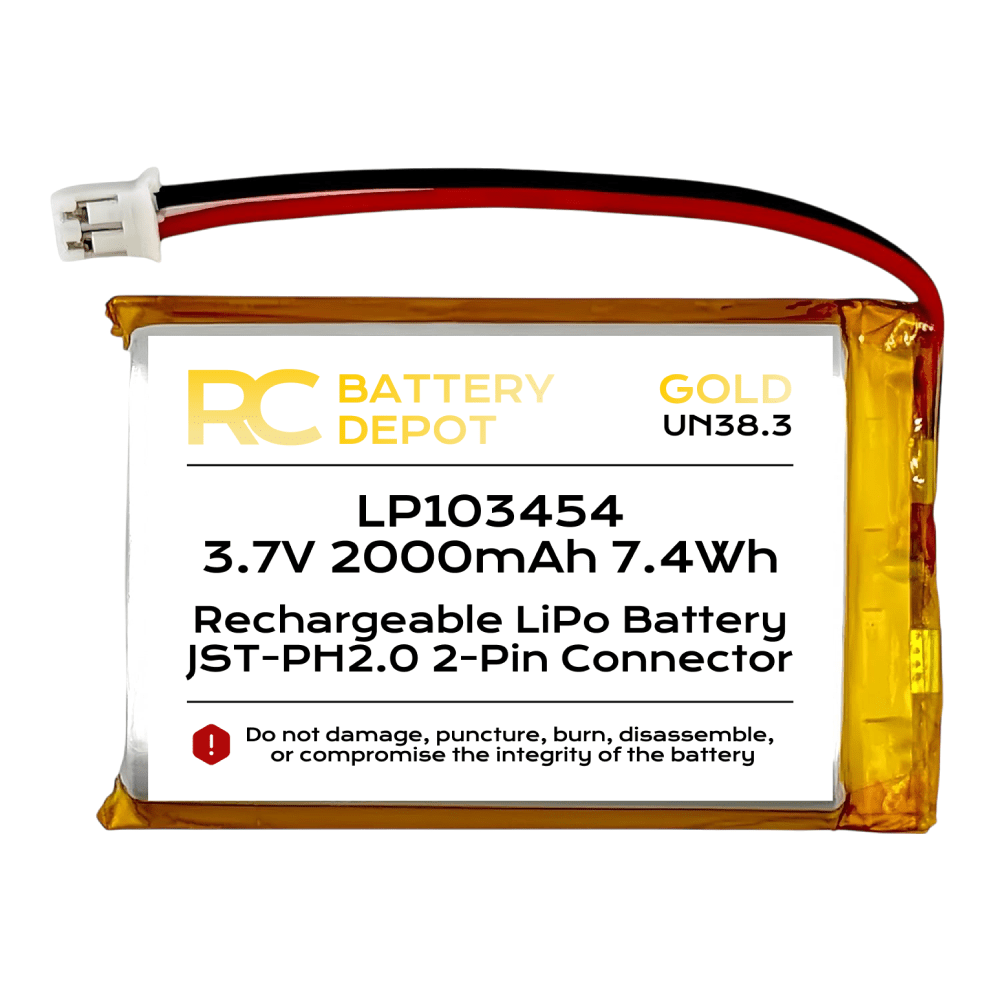
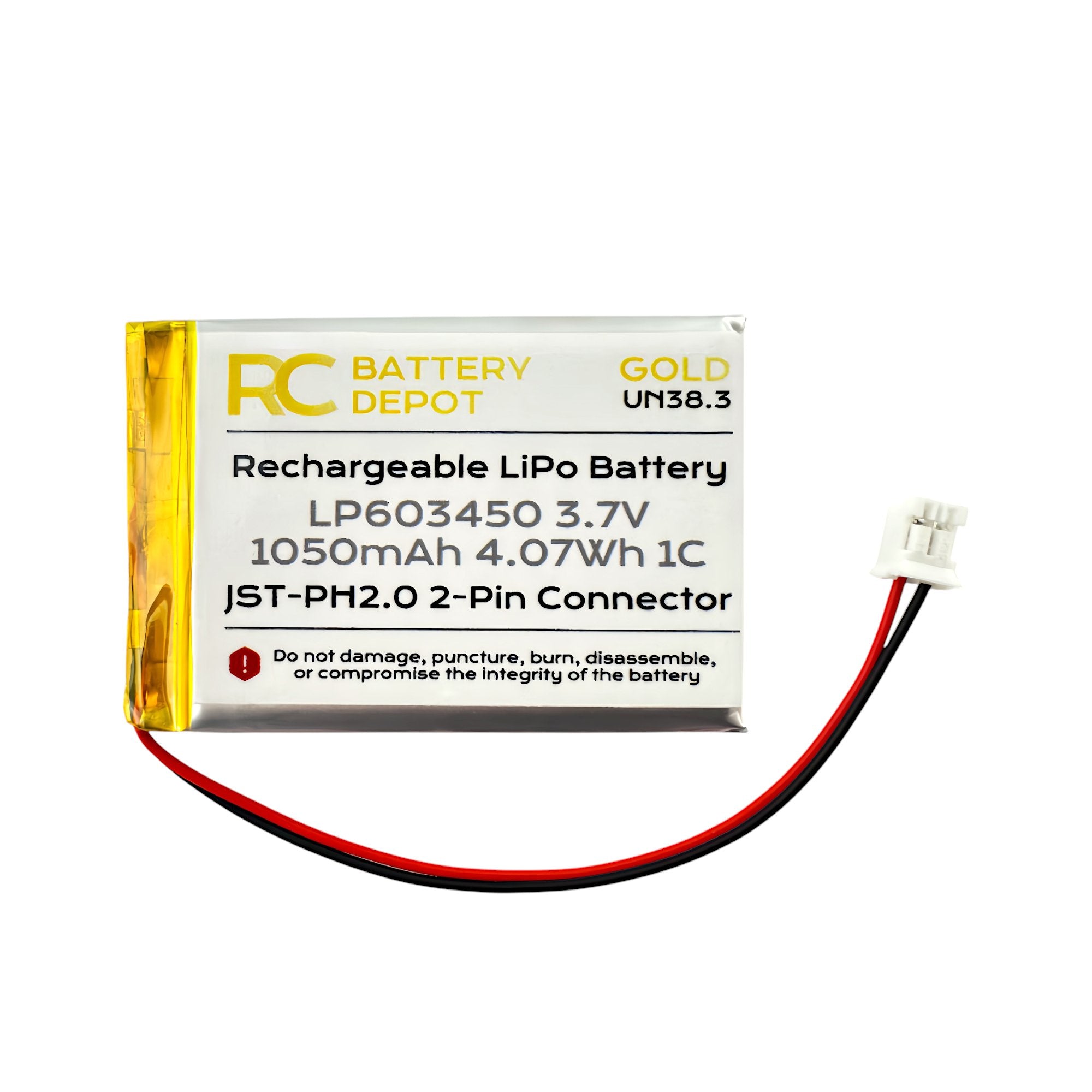

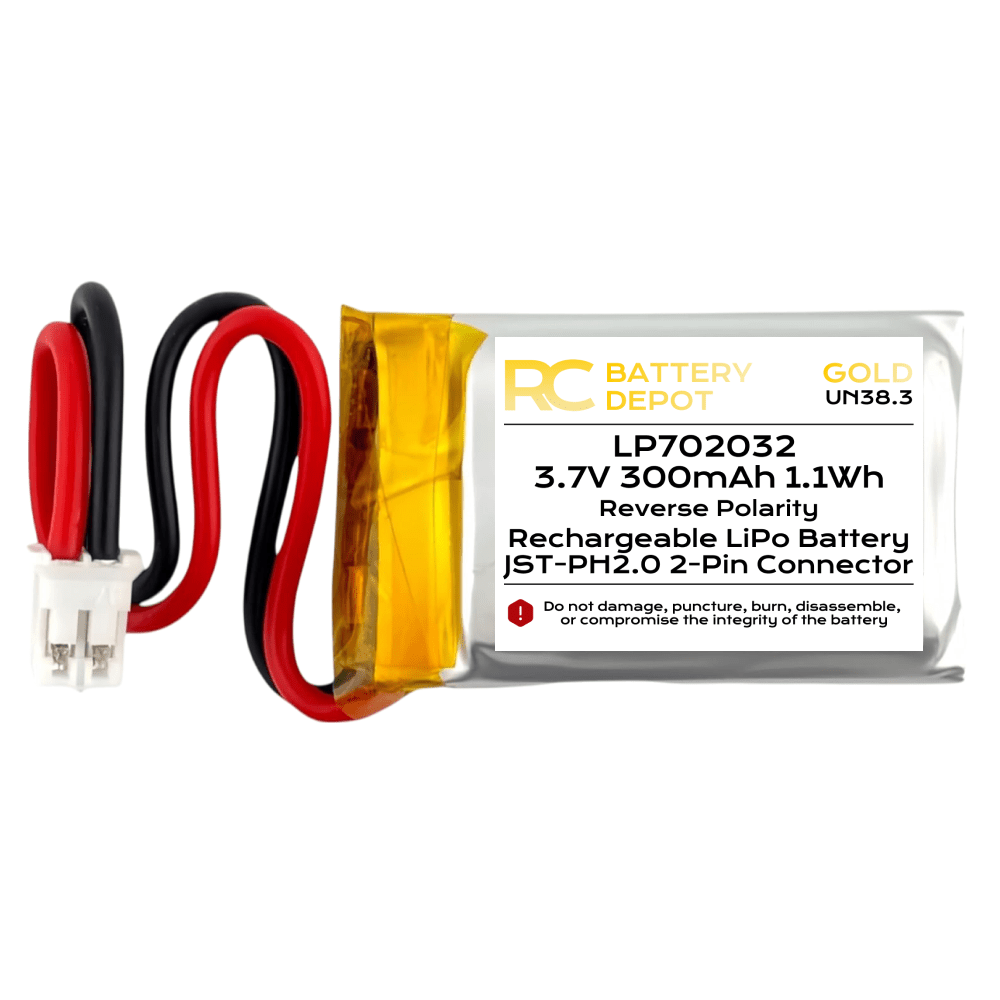
Share:
A Beginner's Guide to LiPo Batteries for RC Cars and Trucks
LiPo vs Li-Ion: Why LiPo Batteries Are the Best Choice for RC Models